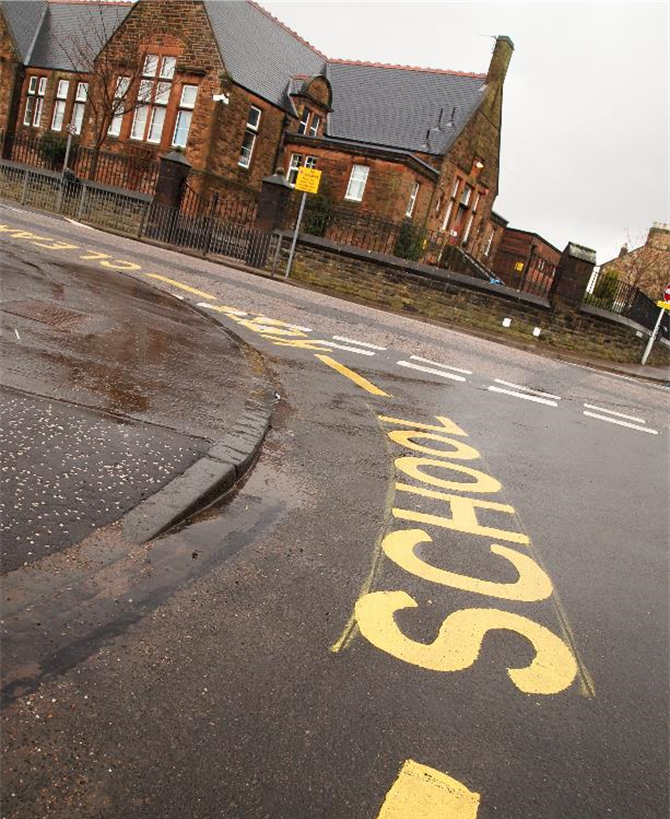Independent Travel to School

Our ambition is for all secondary school pupils to be able to travel independently to school, whether by bus, on foot or bike in both urban and rural areas. We would like to break the cycle of parents driving their children to school because of real or perceived threats to their safety. To do this, we will look at improvements to walking and biking facilities close to schools and develop:
- high-quality routes
- good crossing facilities
- reduced traffic speeds
- good levels of security and lighting
- secure bike storage at school sites
Public transport is the other area we aspire to address, which should enable pupils and parents to travel to school independently. We will actively lobby and work with central Government, the Combined Authority, bus operators, schools and parents to ensure that:
- school pupils have the appropriate tools to use public transport (knowledge, technology)
- there is capacity on our buses to take school children
- bus travel is affordable, safe and better co-ordinated to ensure the pupils get to school on time and are able to get home again
- waiting areas provide adequate protection for pupils in bad weather conditions and hours of darkness (especially during winter)
Case Study: Colinton Primary School, Edinburgh
In 2015, Colinton Primary School was chosen as one of 11 schools to pilot School Streets for eight months. School Streets involve restricting pick-ups/drop-offs by car, implementing speed restrictions and traffic calming, in order to create an improved environment around the school. Colinton Primary School was selected due to its pre-existing road safety issues and high volume of pick-ups/drop-offs. The scheme was in operation during pick-up/drop-off times during term time.
The pilot was a success with positive impacts experienced not only on the street subject to measures, but also for neighbouring streets. The study found a significant decrease in traffic volume and more importantly average speed, with this falling to 15mph or below on all streets within a 1-2 block radius of the school.
Exemptions existed for local residents, minimising disruption and enabling them to enjoy the benefits of the measures too.
Status: Future
Delivery timescales: Medium- to long-term
Other themes supported:
Better public transport options
Providing for travel on bike and foot
Potential scale of carbon impact: Low
What does this mean for me?
New walking and cycling facilities near schools will encourage more children to walk or cycle rather than be driven.
Further support for public transport journeys to improve accessibility and reliability for those who live too far away to walk or cycle.
Harmful pollution levels around schools will be reduced, protecting children’s health.
Road safety around schools will be improved by parking management, traffic calming and speed restrictions.
A shift to walking, cycling and public transport will reduce congestion more generally across the city at peak times, as well as improving the environment for residents on streets within close proximity to schools.
